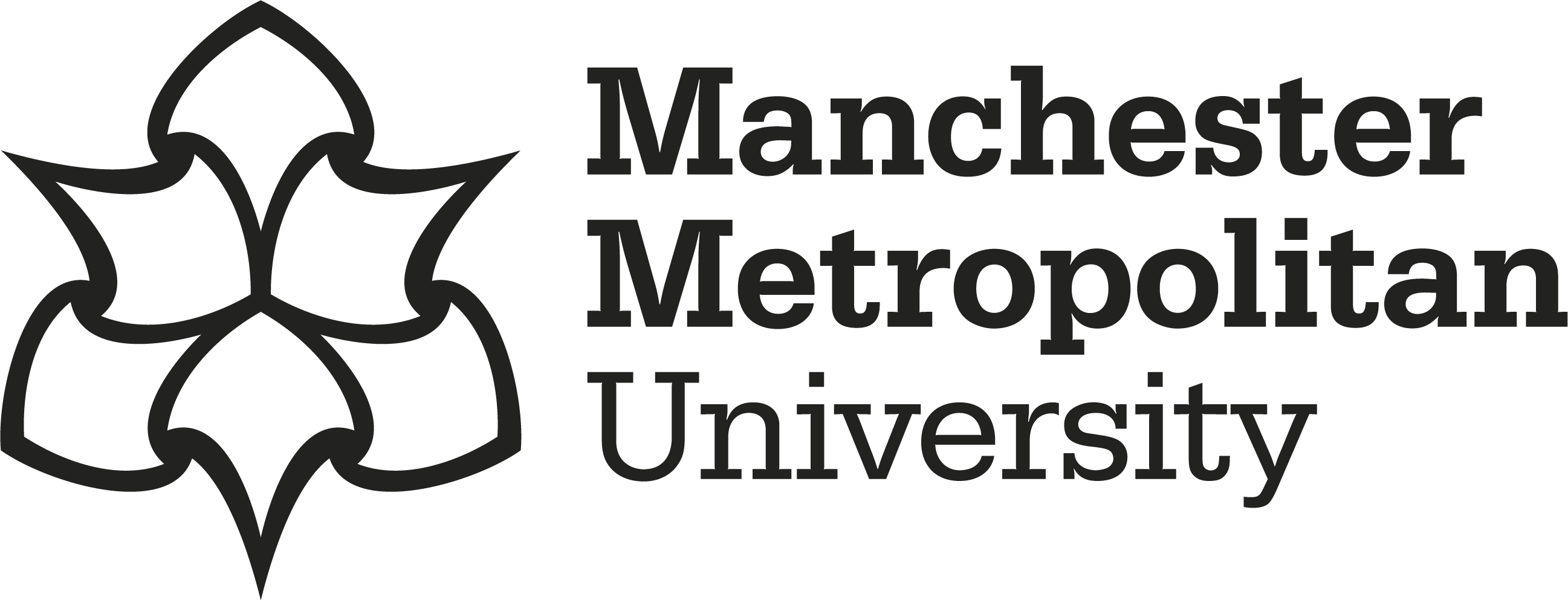Schweinfurth, Manon K and Frommen, Joachim G 
|
Published Version
Available under License Creative Commons Attribution. Download (2MB) | Preview |
Abstract
Science is based on ideas that might be true or false in describing reality. In order to discern between these two, scientists conduct studies that can reveal evidence for an idea, i.e., positive findings, or not, i.e., negative or null findings. The outcome of these studies can either be , i.e., reflecting the real world, or . Much has been said about disentangling true from false positive findings and the danger of a publication bias toward positive findings. Here, we argue that publishing negative findings is important to provide an accurate picture of the real world. At the same time, we highlight that a cautious approach should be taken to minimize the impact of publishing negative findings, which has received limited attention so far. We discuss sources of false negative findings, using experimental and observational animal behavior and cognition studies as examples, which often differ from those of false positive findings. We conclude by recommending strategies for rigorous studies, such as conducting positive controls, selecting diverse samples, designing engaging protocols, and clearly labeling negative findings. These practices will lead to studies that contribute to our knowledge, regardless of whether they result in positive or negative findings. [Abstract copyright: © 2024 The Authors.]
Impact and Reach
Statistics
Additional statistics for this dataset are available via IRStats2.


